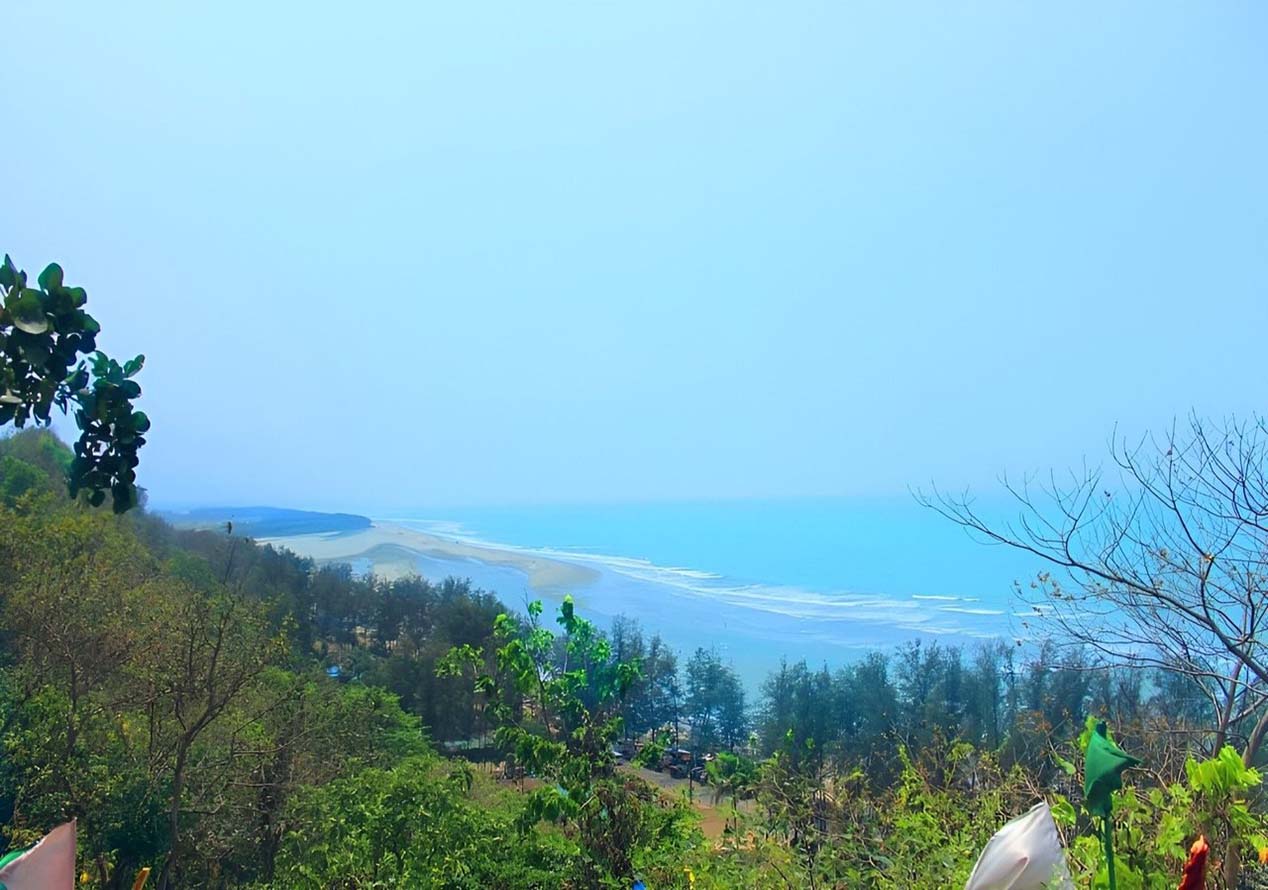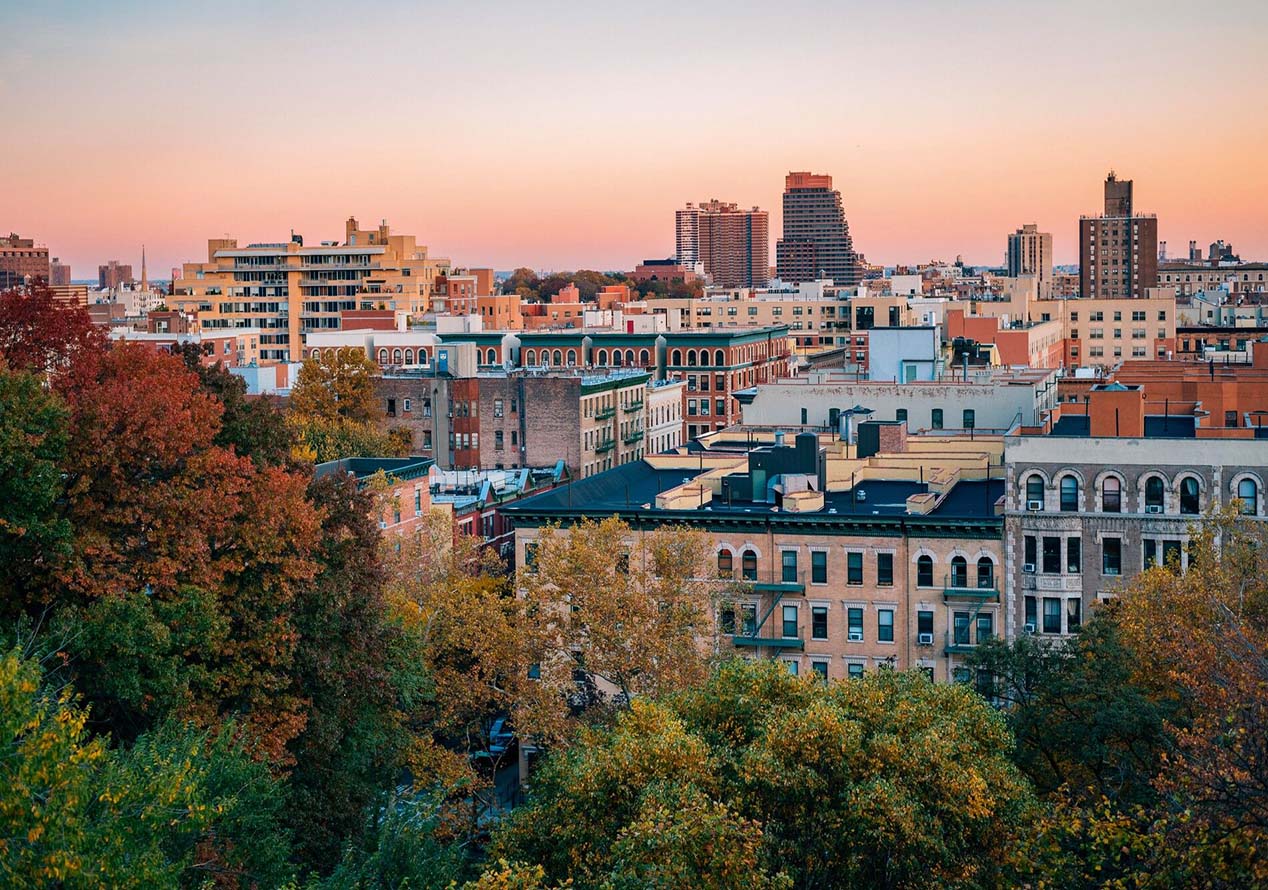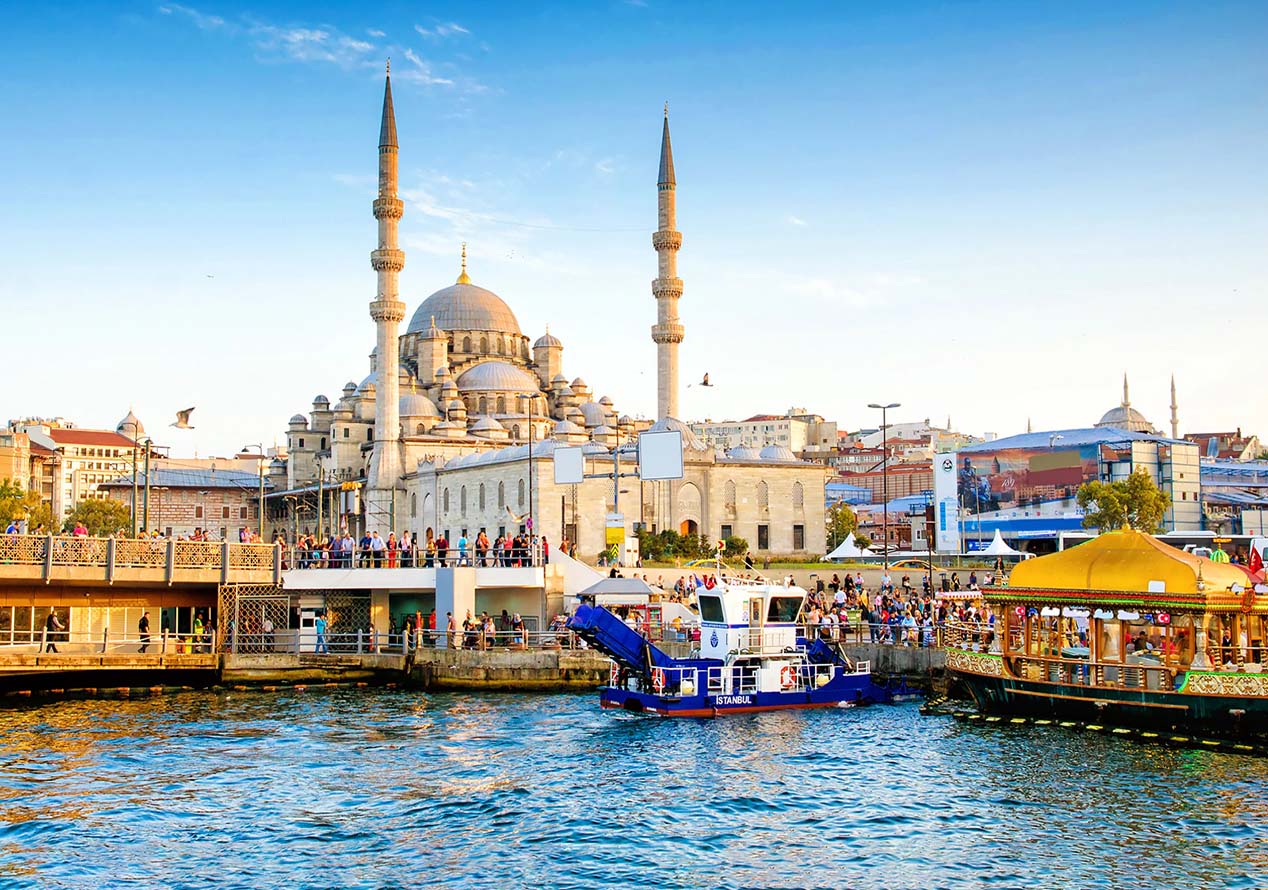1. A Rich Tapestry of Biodiversity: A Glimpse into Nature’s Splendor
As I stood at the threshold of Cox’s Bazar National Park, I couldn’t help but feel a sense of awe. This vast sanctuary is a testament to the breathtaking diversity of life that thrives within its borders. It’s a place where Mother Nature herself showcases her finest work, from the luxuriant embrace of tropical rainforests to the vibrant coral reefs that caress the shores of the Bay of Bengal.
My journey into this park was like entering a different world. The air was filled with the sweet melodies of birdsong, a symphony of life that echoed through the verdant trees. I knew I was in for a treat. Cox’s Bazar National Park is a sanctuary for avian enthusiasts, where both endemic and migratory species coexist in tranquil harmony. With every step I took, I kept my senses finely tuned, eagerly anticipating a rare encounter with some of the park’s colorful and charismatic avian inhabitants.
But it wasn’t just the birds that stole the spotlight. The park’s lush landscape is a haven for an array of captivating wildlife. I found myself sharing the trails with graceful deer as they foraged among the trees, and mischievous monkeys swung effortlessly from branch to branch. The park even holds the promise of a meeting with the elusive clouded leopard, a creature that’s as mysterious as it is magnificent.
2. The Enchanted Himchari Waterfall: A Natural Masterpiece
One of the most enchanting treasures tucked away within Cox’s Bazar National Park is the Himchari Waterfall. This cascading wonder is like a hidden gem, waiting to be discovered within the heart of the forested hills. The journey to reach this breathtaking spectacle is an adventure in itself.
Trekking through the jungle felt like a communion with nature. Each step was accompanied by the rustling of leaves and the gentle murmur of a nearby stream. As I drew nearer, the soothing sound of cascading water grew louder, and a shimmering veil of mist came into view. The Himchari Waterfall is a place where time seems to slow down. It’s a place where the cares of the world are forgotten, replaced by a profound sense of serenity and awe.
I couldn’t resist the temptation to get closer to this natural marvel. I felt the cool mist on my skin as I approached the waterfall, and I was reminded of the timeless beauty of nature. I snapped photographs, not to capture a moment, but to capture a feeling—a feeling of being in the presence of something truly extraordinary.
3. Coastal and Inland Treasures: A Marriage of Ecosystems
Cox’s Bazar National Park is a place where diverse ecosystems come together in a harmonious union. Beyond the pristine forests that dominate the park’s interior, I encountered a world of saltwater marshlands, estuaries, and pristine sandy beaches that stretched along the shores of the Bay of Bengal.
The diversity of this environment offered abundant opportunities for exploration. For birdwatchers like me, the saltwater marshlands were a haven for observing both resident and migratory species. I found myself eagerly scanning the landscape, spotting elegant waders and colorful shorebirds as they foraged along the water’s edge.
The estuaries were a different world altogether, where the brackish water played host to a unique ecosystem of fish and crustaceans. It was here that I witnessed the fascinating dance of fiddler crabs, their tiny pincers waving rhythmically in the air.
And then there were the beaches—miles and miles of unspoiled sandy shores. I took long walks along the coast, allowing the gentle caress of the sea breeze to rejuvenate my spirit. Each step left an imprint on the soft sand, a reminder that I was walking in a place where nature’s beauty was unmarred by human interference.
4. Immersive Wildlife Safaris: A Journey into the Heart of Nature
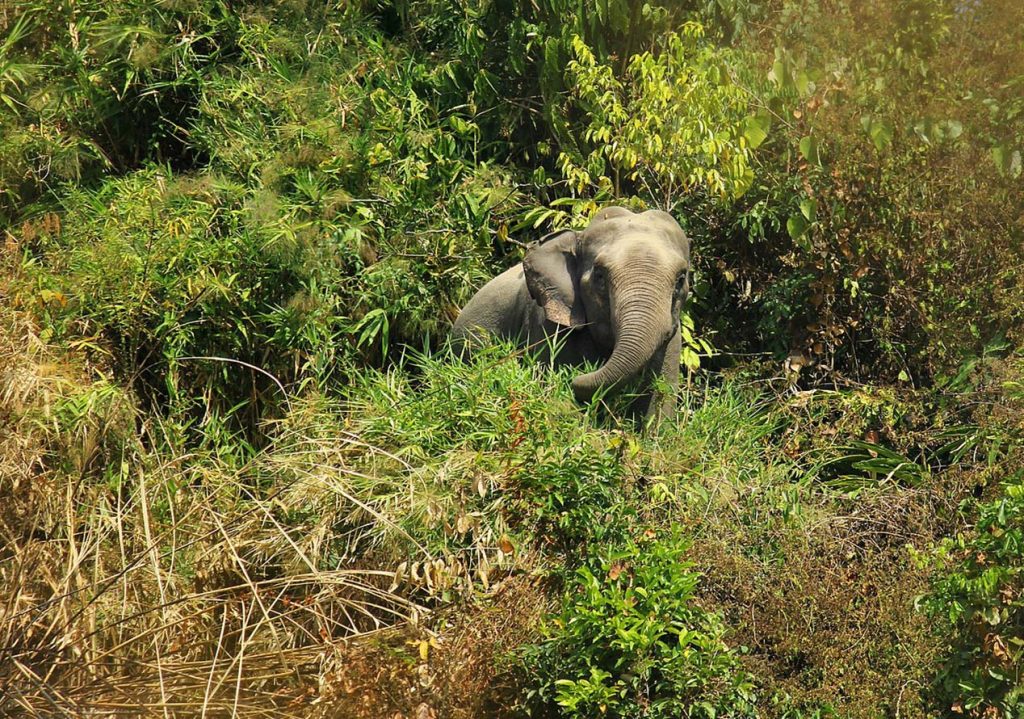
For those seeking a more intimate connection with the park’s incredible biodiversity, Cox’s Bazar National Park offers an array of captivating safari adventures. These excursions invite you to venture deep into the heart of the park, where the wild inhabitants go about their daily lives.
One of the most thrilling experiences was the jeep safari. I climbed into an open jeep, the wind ruffling my hair as we set off on a journey into the park’s interior. The anticipation was palpable as our guide explained that we might encounter elephants, deer, and a variety of other wildlife.
As we traversed the rugged terrain, I felt like an explorer in a pristine wilderness. The park’s residents didn’t disappoint. We spotted herds of deer grazing peacefully, their graceful movements a testament to the harmony of this environment. The elephants, gentle giants of the forest, were a sight to behold. They moved with a grace and majesty that belied their immense size.
The guided treks were equally enchanting. Walking through the forest allowed me to immerse myself in the sights and sounds of nature. Every rustling leaf, every birdcall, and every distant roar of a waterfall became a part of the timeless and ancient story of this place.
It was in these moments, deep within the heart of nature, that I felt the true essence of Cox’s Bazar National Park. It was a place where life unfolded as it had for generations, where the wild remained wild, and where every encounter was a testament to the enduring beauty of the natural world.
5. Pristine Beaches: Where Nature Meets Serenity
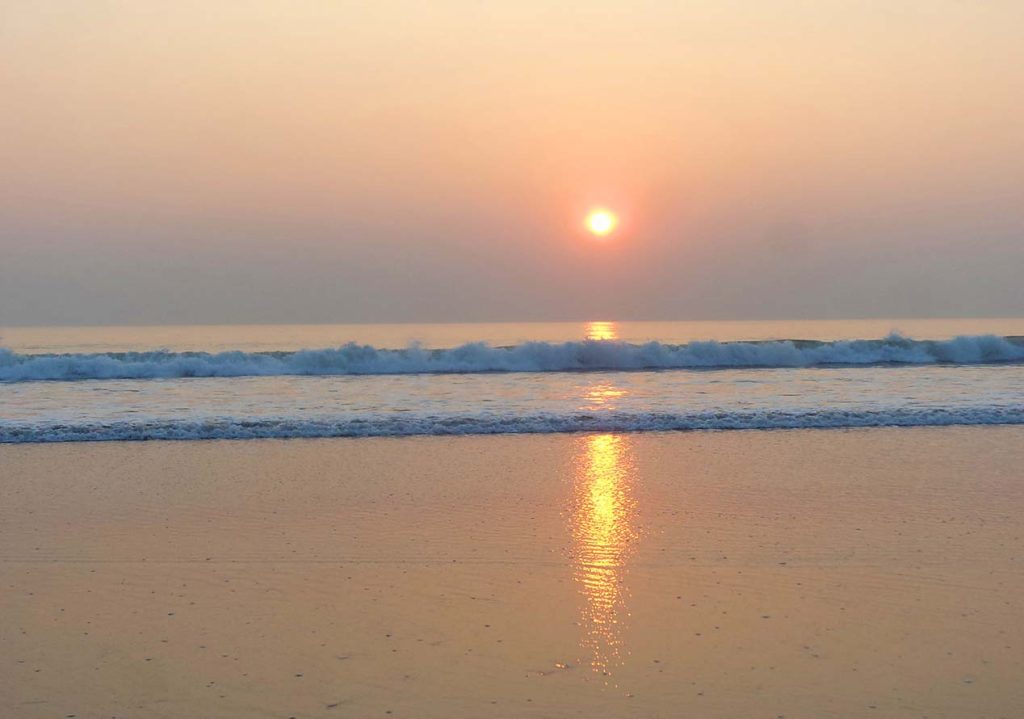
As my journey within Cox’s Bazar National Park continued, I was treated to yet another wonder—the world’s longest natural sea beach. The sandy expanse stretched for miles, and its beauty seamlessly merged with the boundaries of the national park.
These pristine beaches were a sanctuary of serenity. I embarked on leisurely strolls along the shoreline, allowing the gentle lapping of the waves to soothe my soul. I spread out a picnic and savored the simple joys of a meal in the embrace of nature. And sometimes, I simply sat in quiet contemplation, gazing out at the mesmerizing vistas of the Bay of Bengal.
There’s a special magic to a place where nature meets serenity, and Cox’s Bazar was just that. It was a place where the worries of the world seemed to fade away, where time slowed down, and where the beauty of the natural world took center stage. It was a reminder that sometimes, the most profound moments are the simplest ones.
6. Commitment to Conservation: A Promise to Protect
Cox’s Bazar National Park isn’t just a place of beauty; it’s a place of commitment. The park authorities are dedicated to safeguarding its fragile ecosystems and ensuring the longevity of its natural wonders. Their tireless efforts are a promise to both the present and future generations that this pristine magnificence will endure.
As I learned more about the park’s conservation initiatives, I was struck by the dedication of those who worked tirelessly to protect it. They conducted research, raised awareness, and engaged with local communities to ensure that the delicate balance of nature remained intact. It was a reminder that we are all stewards of the natural world, with a shared responsibility to protect and preserve it.
7. Responsible Travel: Nurturing the Heart of Nature
My journey through Cox’s Bazar was a gentle but persistent reminder of the profound importance of responsible travel. As I traversed the park’s trails, I couldn’t help but feel the weight of this responsibility resting upon my shoulders. It was a call to action, a promise to be considerate travelers who appreciate the delicate beauty of this ecosystem.
We bear the privilege of being guests in this wondrous sanctuary of nature. This privilege isn’t one to be taken lightly, for it comes hand in hand with a duty—a duty to protect, to preserve, and to ensure that the heart of nature remains untarnished for generations yet to come.
I realized that responsible travel isn’t merely a choice; it’s a commitment to a code of ethical conduct. It’s a commitment to adhering to eco-friendly practices, whether it’s recycling our waste, minimizing our use of disposable plastics, or ensuring that we leave no trace of our presence behind. It’s a commitment to nurturing the heart of nature, allowing it to flourish in its purest form, untouched by the negative impacts of our actions.
In Cox’s Bazar, I made a pledge to respect the natural rhythms of the park’s inhabitants. I observed from a distance, not disturbing the creatures that call this place home. I refrained from feeding wildlife, recognizing that our good intentions can sometimes lead to unforeseen consequences. I refrained from picking plants or disturbing fragile ecosystems, understanding that the balance of life in this sanctuary is delicate and essential.
Responsible travel means showing the utmost respect for the local flora and fauna. It means watching in silence as a deer grazes among the trees or a monkey swings gracefully from branch to branch. It means admiring the beauty of a clouded leopard if we are lucky enough to catch a glimpse, without intruding upon its world.
I believe that responsible travel is a journey into the heart of responsibility itself. It’s a testament to our commitment to protect and conserve the natural world. It’s a reminder that we are not merely observers; we are active participants in the grand tapestry of life on Earth. Our choices matter, and our actions have consequences. It is our privilege and our duty to safeguard the places that inspire us and the creatures that share their world with us.
In Cox’s Bazar National Park, I felt the significance of this responsibility. I was reminded that while we are travelers, explorers, and adventurers, we are also guardians of the earth’s wonders. We have the power to ensure that the majesty of nature remains undiminished for generations to come. In this sacred duty, we discover a deeper connection to the world around us and a profound sense of purpose.
Ultimately, my journey in Cox’s Bazar was not just a voyage into the heart of nature; it was a pilgrimage into the heart of responsibility. It was a celebration of the power of conservation and an affirmation of the enduring beauty of the natural world. It was a declaration that, as travelers, we have the privilege and the moral obligation to shield the places that inspire us and to protect the creatures that share their world with us.
